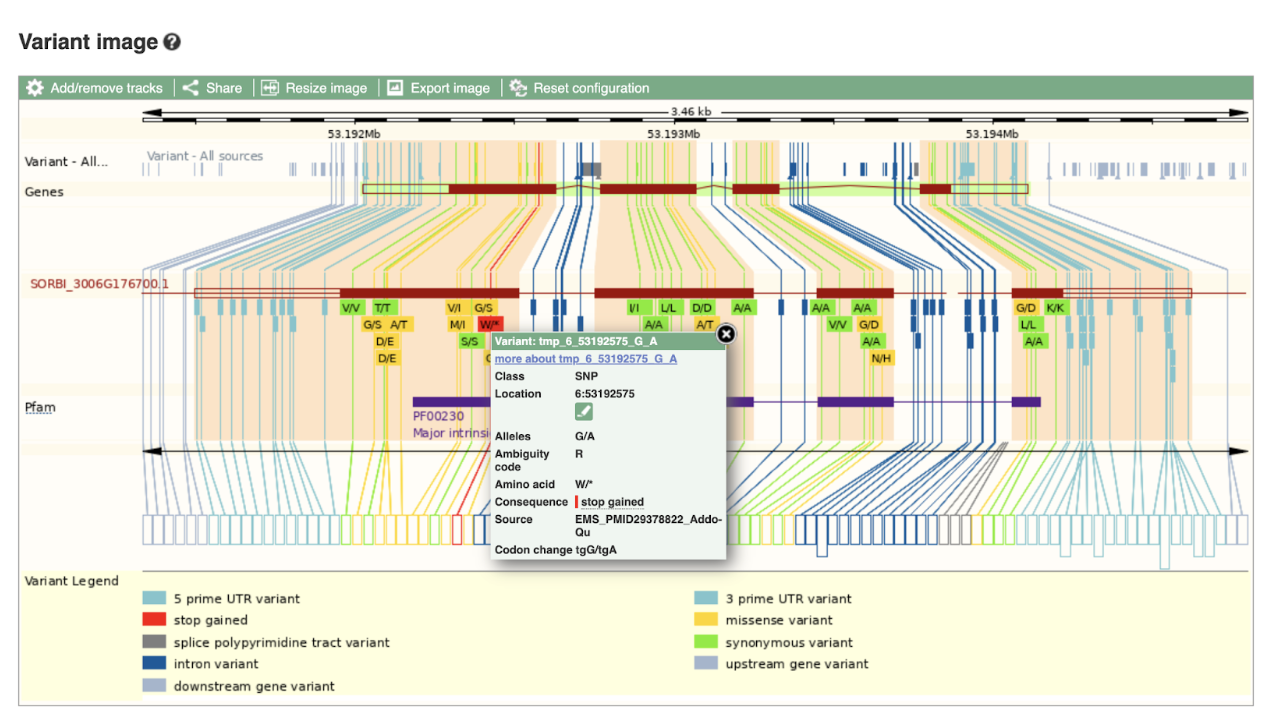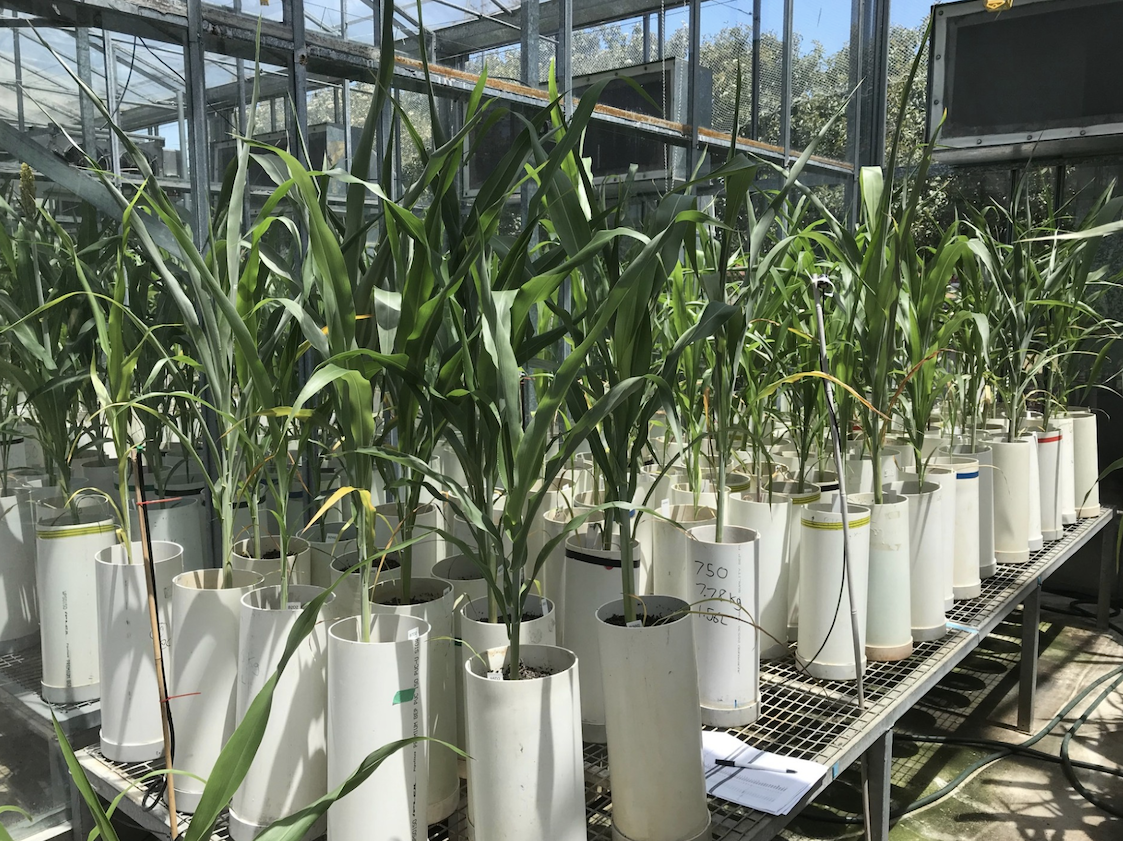Optimizing Intrinsic Water-Use Efficiency in Sorghum: Genetic and Hydraulic Strategies for Drought Resilience
Improving iWUE in sorghum involves balancing water conservation and productivity through genetic traits, particularly aquaporin-linked mechanisms, that enhance photosynthesis and hydraulic efficiency under varying water conditions.
Keywords: C4 Crops, genotypic variation, hydraulic conductance, sorghum, stomatal conductance, water stress, water use efficiency
Improving intrinsic water-use efficiency (iWUE) in crops like sorghum involves complex trade-offs between water conservation, photosynthesis, and productivity. Higher iWUE often results from reduced stomatal conductance (gs), conserving water under stress but potentially limiting carbon uptake at the expense of biomass production. However, if plants can sustain high photosynthetic rates at reduced intercellular CO2 (Ci), iWUE gains can enhance water conservation for critical growth stages. Researchers from ARC Centre of Excellence for Translational Photosynthesis, Western Sydney University and collaborating institutions screened genetically diverse sorghum genotypes and identified substantial variation in iWUE components, photosynthesis (An), and plant hydraulics under well-watered (WW) and water-stressed (WS) conditions. Notably, genotypes with higher non-stomatal iWUE (ΔiWUEpc) maintained productivity under WS without sensitivity to reductions in leaf hydraulic conductance (Kleaf). These traits were linked to aquaporin (AQP)-associated haplotypes, suggesting a genetic basis for balancing water use and carbon assimilation under variable conditions.
The study highlighted two AQPs, SbPIP1.1 and SbTIP3.2, as potential contributors to enhanced iWUE and hydraulic efficiency. Haplotypes associated with these AQPs influenced leaf water status, stomatal function, and photosynthetic capacity, especially under WS. For example, genotypes with SbTIP3.2 maintained high gs and An, while SbPIP1.1 from drought-adapted parental lines enhanced iWUE and biomass under WS. This research underscores the importance of partitioning iWUE into stomatal and non-stomatal components for identifying genotypes that optimize water use without compromising productivity. By linking hydraulic traits and photosynthesis to specific genetic markers, the findings offer a roadmap for breeding sorghum and other C4 crops with improved water-use efficiency and resilience to drought.
SorghumBase example:

Reference:
Al-Salman Y, Cano FJ, Mace E, Jordan D, Groszmann M, Ghannoum O. High water use efficiency due to maintenance of photosynthetic capacity in sorghum under water stress. J Exp Bot. 2024 Nov 15;75(21):6778-6795. PMID: 39377267. doi: 10.1093/jxb/erae418. Read more
Related Project Websites:
- ARC Centre of Excellence for Translational Photosynthesis: https://photosynthesis.org.au/


